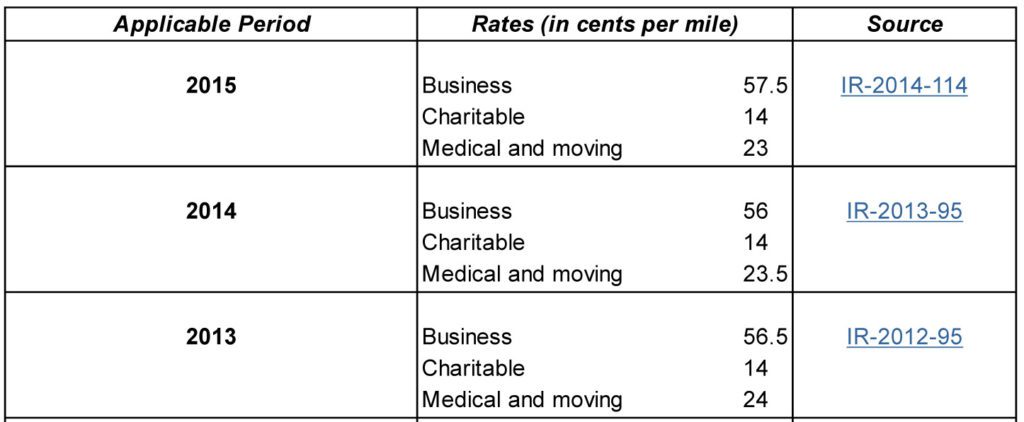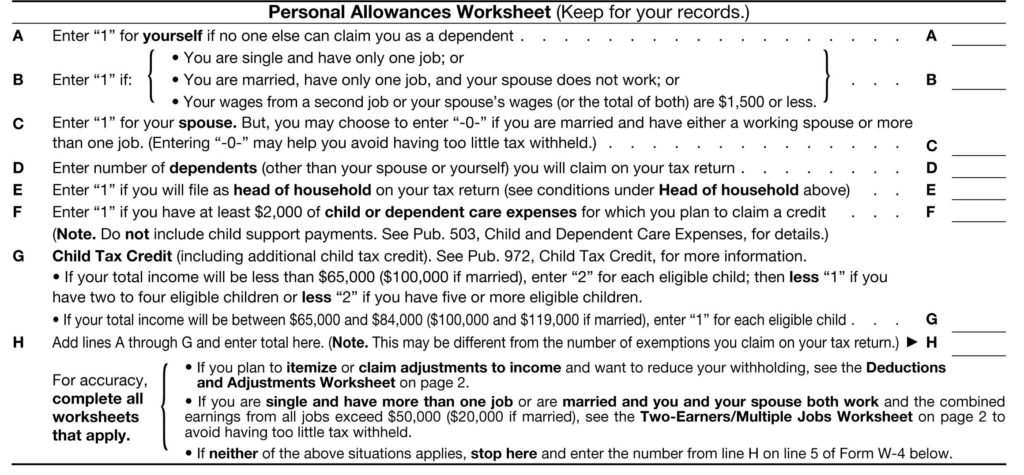President-Elect Trump declared in several interviews that lowering taxes is one of his top priorities. Those that are betting on him delivering this promise and passing reformation through a Republican controlled congress should consider deferring income to 2017 in an effort to take advantage of the possibility of lower tax rates.
The Trump tax plan, features only three brackets, down from the current seven, and reduces the maximum tax rate of 39.6% to 33%. The standard strategy for year-end planning has always been to defer income, wherever possible, into the coming year. Here are some ways to achieve this goal, and speculate on the possibility for change:
- An employee who believes a bonus may be coming his way may be able to request that his employer delay payment of any bonus until early in the following year. For example, if a bonus would normally be paid on Dec. 15, 2016, an employee may ask the employer before Dec. 15 to defer any bonus coming his way until Jan. 2, 2017. If the employee is successful in deferring the bonus, they will succeed in having it taxed in 2017 as opposed to 2016. But note that if an employee waits until a bonus is due and payable to request a deferral, the tax on the bonus will not be deferred.
- Income that a cash basis taxpayer earns by rendering services isn’t taxed until the client, patient, or customer pays. If the taxpayer holds off billing until next year, or bills late enough in the year that no payment can be received in 2016, income will not become taxable until next year.
- Defer a traditional IRA-to-Roth IRA conversion until 2017. Conversions are generally subject to tax as if it were distributed from the traditional IRA or qualified plan and not re-contributed to another IRA. A taxpayer who plans to make such a conversion should defer doing so if he believes the conversion will face a lower tax next year.
- Defer Property sales. The President-elect’s plan to repeal the Affordable Care Act (“Obamacare”) also would repeal the 3.8% surtax on net investment income. It may also be in best interest to set up an installment sale and recognize income over multiple tax periods.
- Trump’s tax plan also aims to increase the standard deduction ($30,000 for joint filers, up from the $12,600 allowed in 2016). Since most taxpayers may not receive the benefit for itemizing property taxes, mortgage interest, and charitable contributions under the proposed increased deduction, it may be wise to accelerate these expenses before year-end 2016. For example, property taxes may be due in January 2017 for the 2016 period, you can opt to pay early, prior to December 31, 2016, and accelerate this deduction.
While President-Elect Trump’s proposal has been listed as one of his top priorities, there is no telling what portions of this plan will ever make it into law. The five planning techniques above are just examples of scenarios that could reduce your overall tax burden in the event Mr. Trump follows through with his proposal.


